Color-Changing Garnet: Properties, Uses and Virtues
Color-Changing Garnet: A Chameleon Among the Garnets
The Color-Changing Garnet, a fascinating member of the Garnet family, captured hearts with its unique ability to display different colors depending on lighting conditions.
Renowned for its bewitching charm, this gemstone has conquered a special place among gem enthusiasts and collectors alike.
Let’s embark on a journey to explore the geological origins, sources, historical significance and mystical properties of the color-changing garnet, a stone that embodies the magic of nature’s artistic brilliance.
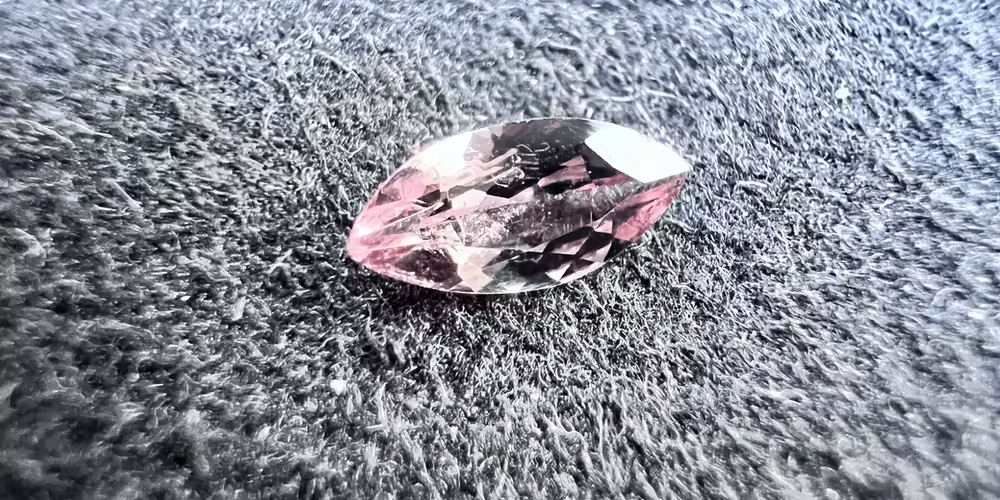
Color-Changing Garnet: Table of contents
- Color-Changing Garnet Geological Formation
- Rough Color-Changing Garnet – Raw Beauty Revealed
- Sources – The Worldwide Reach of Color-Changing Garnets
- Historical Significance of the Color-Changing Garnet – Through the Ages
- Metaphysical Properties of Color-Changing Garnet – Illuminating Energies
- Varieties of Color-Changing Garnet
- Color-Changing Garnet Colors
- Durability and Wearability of Color-Changing Garnet
- Color-Changing Garnet Enhancements – Preserving Natural Beauty
- Synthetic Color-Changing Garnet – La Nature en Laboratoire
- Color-Changing Garnet Imitations – Discerning the Genuine
- Color-Changing Garnet Care – Preserving Natural Beauty
Color-Changing Garnet Geological Formation
As a member of the garnet family, color-change garnet forms under high-pressure conditions and is commonly found in metamorphic rocks such as schists and gneisses.
Its creation involves the interaction of minerals under intense heat and high pressure, leading to the formation of this magnificent gem deep within the earth’s crust. Its color-changing nature is due to the combination of different garnet varieties during its formation.
Rough Color-Changing Garnet – Raw Beauty Revealed
Like all garnets, the appeal of raw color-change garnet crystals lies in their captivating visual appeal, enhanced by distinctive geometric shapes.
Seen through the eyes of a gemologist, these uncut gems reveal fascinating structures, with two predominant shapes, the rhombic dodecahedron and the twenty-four-sided icosahedron, playing a significant role in their identification and appreciation.
Sources – The Worldwide Reach of Color-Changing Garnets
Color-change garnet comes from different parts of the world, with large deposits in Tanzania being one of the most renowned sources. Color-change garnets from Tanzania, in particular, are highly prized for their exquisite color transformation and bewitching beauty.
Color-change garnets from Tanzania, Madagascar and Sri Lanka show variations from violet to pink depending on the light source, but some exceptionally rare specimens from Madagascar show colors ranging from blue-green to violet.
Historical Significance of the Color-Changing Garnet – Through the Ages
Garnets, with their impressive color palette, have intrigued civilizations throughout history. Although historical records specific to color-change garnets are limited, their mystical appeal probably led to their use in ornaments and precious possessions among ancient cultures where the color-change property could be appreciated by candlelight.
Metaphysical Properties of Color-Changing Garnet – Illuminating Energies
Color-Changing Garnet shares its properties with the Garnets and particularly represents transformation and emotional balance. Its soothing energies are said to relieve stress and promote inner harmony.
In addition, this gemstone is believed to improve concentration and encourage a positive outlook on life.
Varieties of Color-Changing Garnet
Color-change garnet can be derived from many varieties of garnet, as it is the result of a mixture within its family. The best-known color-change garnets are :
Pyrope-Spessartite: Pyrope-Spessartite blends with certain stones display shades ranging from violet to blue-green. One of these exceptionally rare stones sold for $4.8 million. The color-change variety of Malaya garnet is a pyrope-spessartite blend ranging from salmon/magenta to violet/pink-orange.
Pyrope-Almandin: The Pyrope-Almandin blend ranges from red/pink/purple-red to violet-red/purple/green-red respectively. The color-change variety of Rhodolite garnets are a Pyrope-Almandine blend and go from blue to violet-red.
Grossular-Andradite: The Grossular-Andradite mixture, like some Malian garnets, changes from green-gray to brown.
Color-Changing Garnet Colors
The appeal of color-change garnet lies in its captivating hues, which change from one color to another depending on the light source. Viewed in daylight or fluorescent light, it can show shades of blue-green, pink, red, violet or yellow.
In contrast, incandescent light can reveal violet, pink, orange, reddish-purple or reddish-brown tones, captivating the viewer with its magical transformation.
Durability and Wearability of Color-Changing Garnet
Color change garnet has good hardness, ranging from 7 to 7.5 on the Mohs scale. Its durable nature ensures that this gemstone withstands the rigors of everyday wear, making it suitable for a wide range of jewelry designs.
Color-Changing Garnet Enhancements – Preserving Natural Beauty
Color-change garnet generally undergoes no enhancement to bring out its natural color-change beauty.
Synthetic Color-Changing Garnet – La Nature en Laboratoire
Synthetic color-change garnet has not yet been documented, but it may exist. Buyers should be very careful about the origin and reputation of the seller.
Color-Changing Garnet Imitations – Discerning the Genuine
As a prized gemstone, color-change garnet may face imitations and misrepresentations, but its color-change nature is easily verifiable. Be especially wary of Garnet-Garnet doublets.
To ensure authenticity, it is essential to buy from reputable jewelers and seek appropriate certification.
Color-Changing Garnet Care – Preserving Natural Beauty
Nurturing the timeless beauty of color-change garnet requires delicate care. To preserve its shine, avoid exposing it to aggressive chemicals or high temperatures.
Clean it with mild soapy water and a soft brush, ensuring that its radiant charm endures for generations to come.
Mechanical cleaning should be avoided.
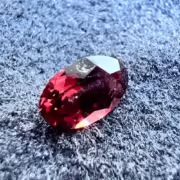
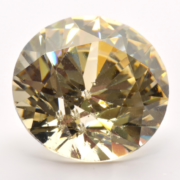
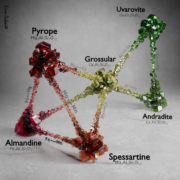
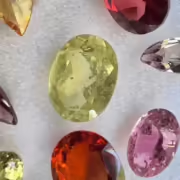

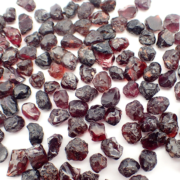


Leave a Reply
Want to join the discussion?Feel free to contribute!